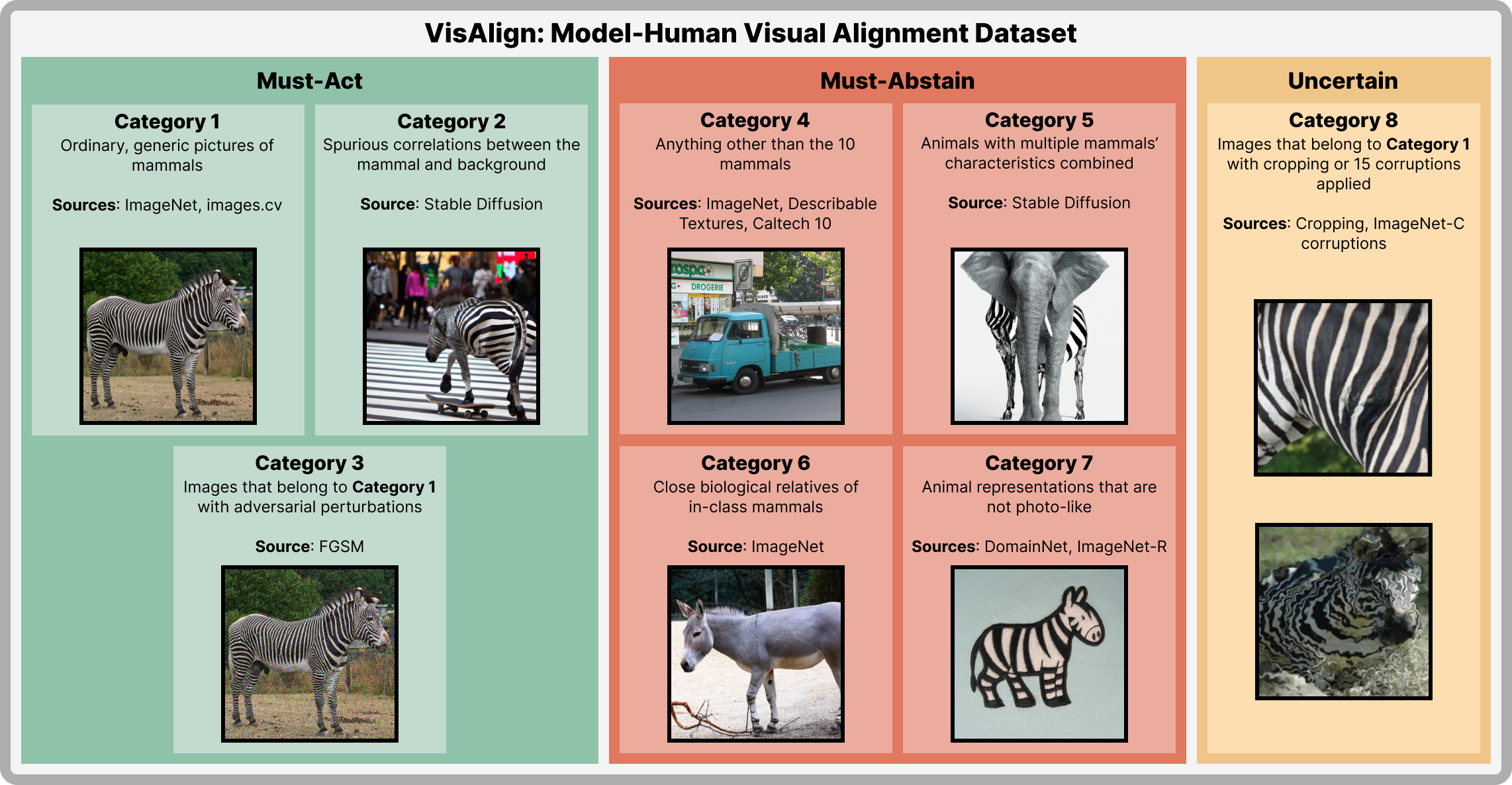By Jiyoung Lee, Seungho Kim, Seunghyun Won, Joonseok Lee, Marzyeh Ghassemi, James Thorne, Jaeseok Choi, O-Kil Kwon, Edward Choi
pytorch==1.12.1pytorch-lightning==1.8.5.post0lightning-bolts==0.6.0.post1lightning-flash==0.8.1.post0wandb==0.15.3scikit-image==0.20.0timm==0.9.2mlp-mixer-pytorch==0.1.1
The train set and the open test set can be downloaded from here.
After extracting the file, you will have the following files/directories:
open_test_corruption_labels.pk
open_test_set/
train_files/
train_split_filenames/
├─ final_eval/
└─ final_train/
In the config/imagenet.yaml file, replace the following paths:
...
dataset:
...
train:
label_path: {path to train_split_filenames/final_train}
imagenet21k_path: {path to train_files}
...
eval:
label_path: {path to train_split_filenames/final_eval}
imagenet21k_path: {path to train_files}
...
You can train a baseline model using the following command:
python main.py
--config {config} # path to the config yaml file
--seed {seed} # environment seed
--early_stopping # activate early stopping
--early_stopping_patience {early_stopping_patience} # number of epochs for early stopping
--save_dir {save_dir} # path to save checkpoints
--n_epochs {n_epochs} # number of epochs
--save_top_k {save_top_k} # number of model checkpoints to save
--reload_ckpt_dir {reload_ckpt_dir} # continue an unfinished session
--n_gpus {n_gpus} # number of GPUs to use during training
--model_name {model_name} # name of the model
--batch_size {batch_size} # batch size
--ssl # option to train self-supervised
--ssl_type {ssl_type} # self-supervised learning method
--cont_ssl # option to fine-tune an SSL-trained model
--ssl_ckpt_dir {ssl_ckpt_dir} # path to saved SSL-trained model checkpoint
You can choose the model architecture and model size using the model_name argument. The model sizes we used in our baseline experiments are as follows:
- ViT:
vit_30_16 - Swin Transformer:
swin_extra - ConvNeXt:
convnext_extra - DenseNet:
densenet_extra - MLP-Mixer:
mlp
You can choose from the following SSL methods for the ssl_type argument.
- SimCLR:
simclr - BYOL:
byol - DINO:
dino
To finetune pre-trained model, please change pretrained_weights and freeze_weights to True in config/imagenet.yaml.
To get started, Here are simple commands for training and SSL training:
# simple command for training
python main.py --early_stopping --save_dir {checkpoint_save_directory} --model_name {model_name}
# simple command for SSL training
python main.py --early_stopping --save_dir {checkpoint_save_directory} --model_name {model_name} --ssl --ssl_type {ssl_type}
You can evaluate abstention function using the following command:
python test_main.py
--save_dir {save_dir} # directory to save abstention function result
--ckpt_dir {ckpt_dir} # directory where model checkpoints exist
--model_name {model_name} # model name we want to evaluate
--postprocessor_name {abstention_function} # name of the postprocessor
--test_dataset_path {test_dataset_path} # path to open_test_set
--train_dataset_path {train_dataset_path} # path to train set, this is needed to calculate distance for distance-based functions
--seed {seed} # seed used when training, used for locating result filename
You can choose the abstention function using postprocessor_name argument. The choices of abstention functions are knn, mcdropout, mds, odin, msp, tapudd.
You can evaluate a model's visual alignment via Hellinger's distance as described in our paper.
python evaluate_visual_alignment.py
--save_dir {save_dir} # directory where the absention function results are stored
--test_filenames_path {dataset_path} # directory where test dataset filenames are stored
--corruption_path # open_test_corruption_labels.pk file path
--seed {seed} # seed used when training
--model_name {model_name} # model name we want to evaluate
--ood_method {ood_method} # name of the postprocessor
@article{lee2024visalign,
title={VisAlign: Dataset for Measuring the Alignment between AI and Humans in Visual Perception},
author={Lee, Jiyoung and Kim, Seungho and Won, Seunghyun and Lee, Joonseok and Ghassemi, Marzyeh and Thorne, James and Choi, Jaeseok and Kwon, O-Kil and Choi, Edward},
journal={Advances in Neural Information Processing Systems},
volume={36},
year={2024}
}
